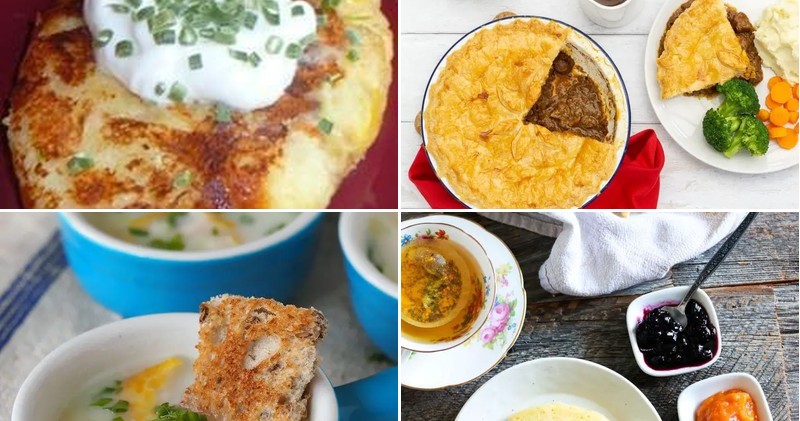Certainly, when thinking about Scottish cuisine, haggis often comes to mind first. And rightfully so – it’s one of Scotland’s most iconic dishes, after all. But Scotland has much more to offer in terms of traditional recipes, including shortbread, crumpets, and rich stews that are perfect for a cold winter’s day. Similar to other countries with colder climates, Scottish cuisine often features hearty, filling meals made with comforting ingredients like meat, vegetables, and grains.
However, there are also some sweet treats on this list worth trying. If I had to recommend just one recipe to make today, it would be the classic Scottish Tablet, a simple yet delicious dessert that’s sure to become a favorite.
Whisky-Raspberry Oatmeal Delight

Taking a closer look at this dessert recipe reveals some interesting similarities and variations compared to the previous one. The ingredients of cream, whisky, oatmeal, and honey are used once again, but this time with raspberries instead of oranges. In its most basic form, ‘kran-akan’ was actually a breakfast dish, consisting simply of toasted oatmeal, cream, and local honey.
However, to mark the June harvest season, raspberries were introduced, transforming it into an indulgent dessert that’s now typically enjoyed year-round. Importantly, when making this recipe, it’s essential to be prepared for the overnight soaking process, where the toasted oats need to absorb all the liquid from the whisky, so plan accordingly and make sure you have enough time for the dish to marinate properly.
Scottish Beef Mince with Tattie Mash
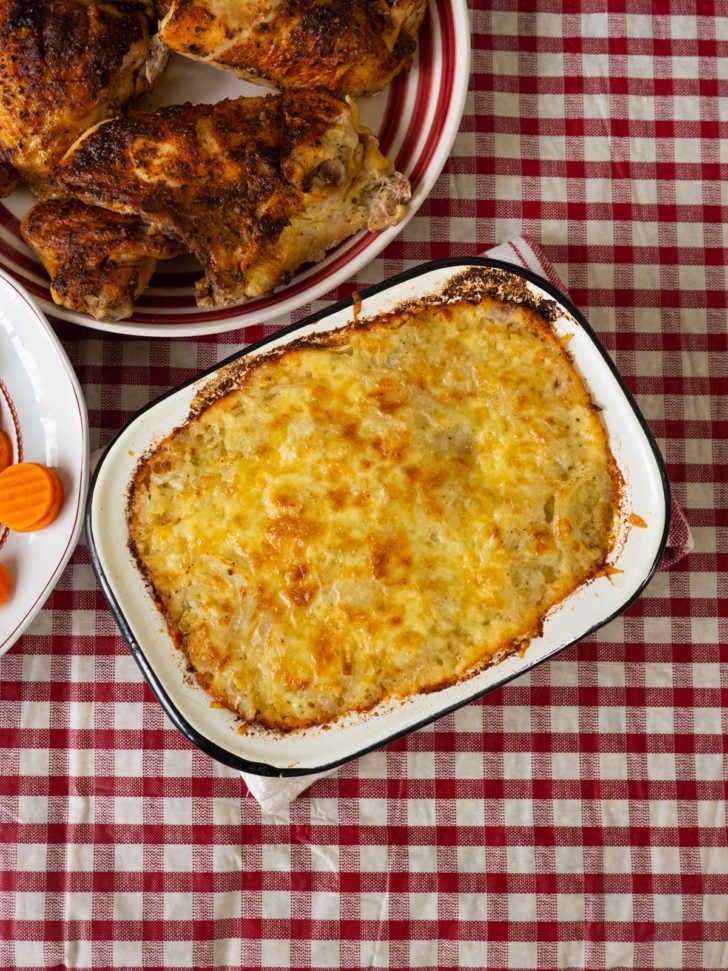
Simply put, mince is the British term for ground meat, typically referring to beef. If you’ve ever dined at a pub in England or Scotland, you may have spotted ‘mince and potatoes’ on the menu. This hearty dish is not only affordable but also incredibly filling. Breaking it down, this recipe shares similarities with a deconstructed cottage pie.
The filling consists of ground beef mixed with an assortment of veggies and a rich, dark gravy, served alongside generous portions of creamy mashed potatoes. What sets it apart from its layered counterpart is the separate preparation and presentation.
Hearty Scottish Bacon Potato Pie
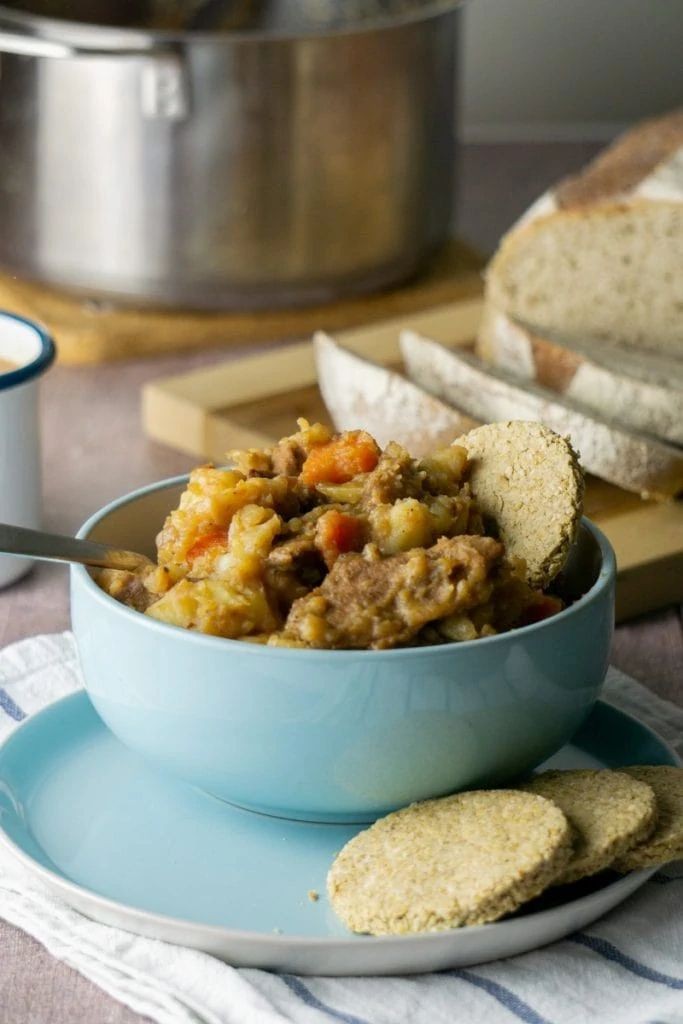
Flavours of different cultures are often reflected in their take on classic dishes. For instance, the French opt for a rich and creamy version, while the Spanish prepare theirs by confiting potatoes in olive oil to heighten the flavour. This particular recipe is characterized by its simplicity, saltiness, meatiness, and indulgent cheesiness – it’s not overly creamy, yet still remarkably decadent. To begin, create a base for your dish by lining a baking tray with bacon.
This acts as a crust, allowing the fat to seep into the potatoes as they bake and infusing everything with its rich flavour. Next, layer the sliced potatoes and cheese, finishing off each edge with strips of excess bacon to complete the dish.
Authentic Scottish Oatmeal Flummery Tradition
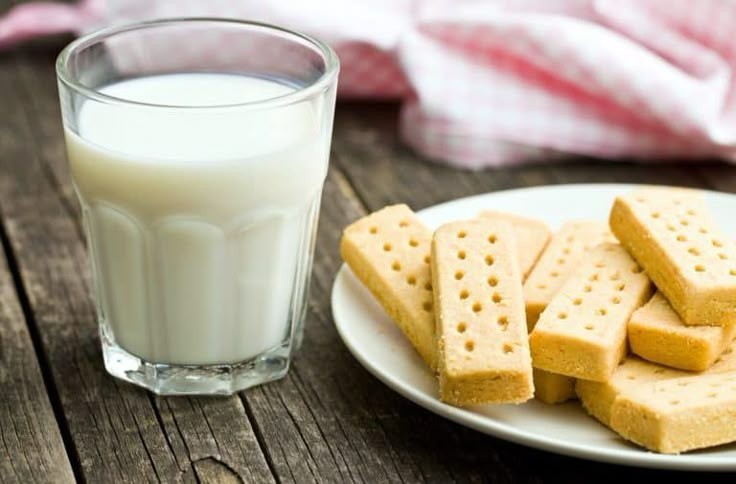
Smoothly tracing its roots back to 15th century royal Scottish feasts, flummery has earned its place in culinary history. While there’s ongoing debate about its exact origins – some argue it’s actually Irish and derived from a Welsh word, ‘llymru’, which is a similar dish made with oatmeal and husks – the core ingredients remain the same: starch and milk. For traditional flummery recipes, oats are used as the primary starch source.
However, many modern recipes take a shortcut by omitting the grains altogether, resulting in a lighter, more jelly-like consistency. To achieve the authentic version, it’s essential to soak the oats for around 48 hours, which requires careful planning and preparation, given the crucial role of starch in creating this thick dessert.
Cheesy Cabbage Rumbledethumps Delight

Generally considered a comforting side dish, this vegetarian-friendly option is surprisingly affordable and makes a nice change from traditional mashed potatoes. The name is thought to come from the sound the ingredients used to make against wooden bowls during preparation, although the true origin remains unclear. To begin, boil and mash potatoes until smooth, then sauté onions and cabbage in a pan until tender. Add some mature cheddar cheese to the mixture and stir well to combine.
Pour the potato mixture into a baking dish, cover with the remaining cheese, and bake until golden brown. For added color and flavor, I recommend using leeks instead of white onions, but any mild onion will suffice.
Unraveling the Mystery of Scottish Sheep’s Pluck Delight
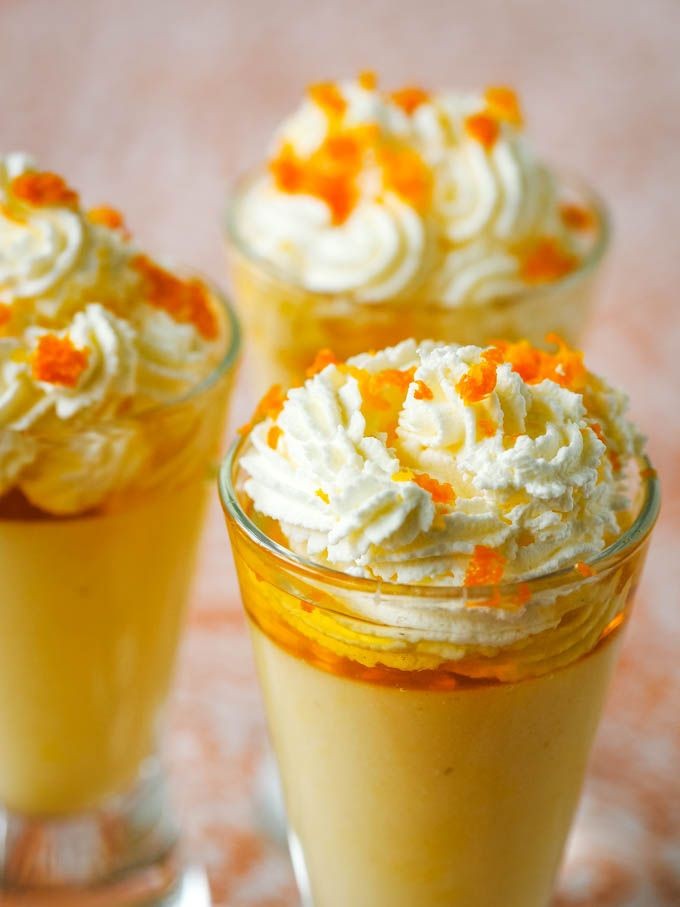
Looking beyond the stereotypes associated with haggis, it’s interesting to note that many people remain oblivious to its actual composition. In my own experience, I’ve tried haggis in the past, and must confess that I was uncertain about what I was consuming at the time. Haggis is a type of savory pudding, made from ingredients boiled or steamed, which typically consists of sheep’s stomach casing filled with various offal or sheep pluck.
This offal includes lungs, hearts, and liver, combined with onion, oatmeal, suet, spices, salt, and stock. The preparation process for haggis is quite time-consuming, as one needs to meticulously wash the sheep’s stomach and partially cook certain ingredients before blending them together. Once the mixture has been kneaded into a soft consistency, it must be stuffed back into the stomach casing, which then requires boiling for several hours.
Flaky Scottish Scones Made Easy
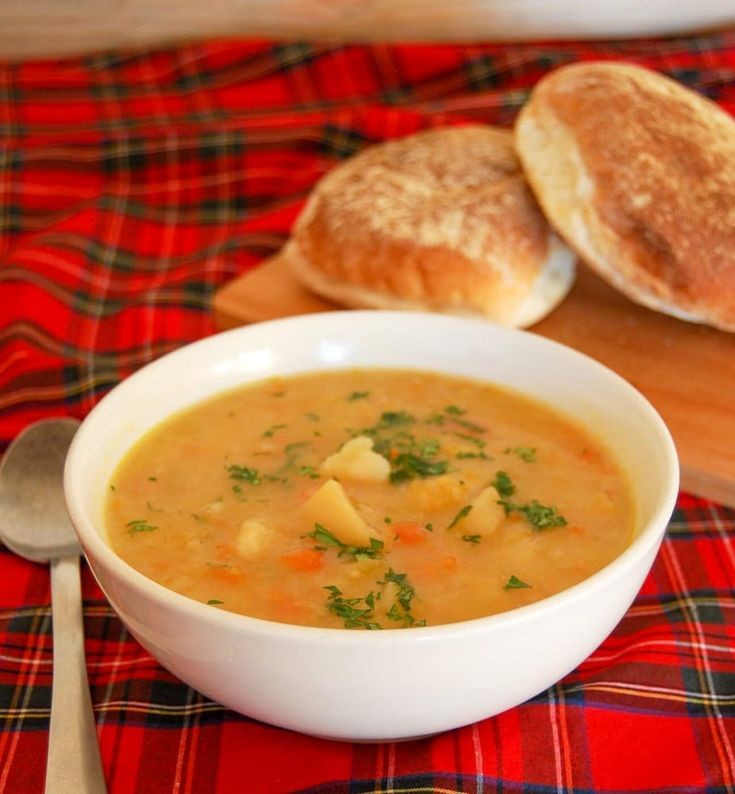
You’ll notice that Scottish scones share a more subtle sweetness profile compared to their American counterparts, while still maintaining a light and fluffy texture. English scones tend to be sweeter in nature and often incorporate sultanas into the mix, whereas Scottish scones are sugar-free, making them versatile for either sweet or savory toppings.
The method of preparing these scones remains similar to traditional techniques, but it’s crucial to handle the dough delicately to prevent a hard and dry texture.
Hearty Oat Bannock Skillet Bread
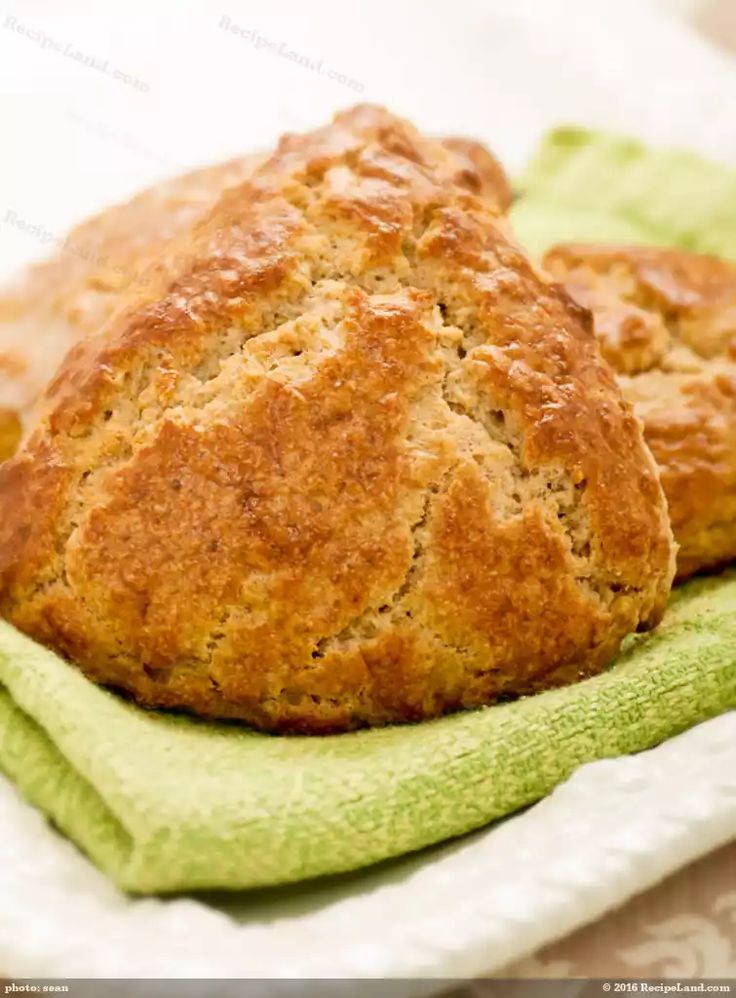
Fundamentally, bannock’s rustic texture and earthy flavor make it a staple for outdoor enthusiasts and home cooks alike. This skillet bread is notable for being made without yeast, instead leveraging the natural starches in oats to provide structure and depth of flavor. Notably, the absence of refined flours like white or whole wheat allows bannock’s oat-based goodness to shine through, packing a considerable amount of fiber into each serving.
A crucial step in elevating this recipe is toasting the oats before grinding them into a powder, releasing their nutty essence and amplifying the overall flavor profile. However, achieving perfect balance in bannock requires finesse – it’s essential to cook it slowly over medium heat, ensuring that the interior remains tender while the exterior develops a satisfying crust. As with many recipes that involve slow cooking, patience is indeed a virtue when working with bannock.
Hearty Scottish Beef Stew Recipe
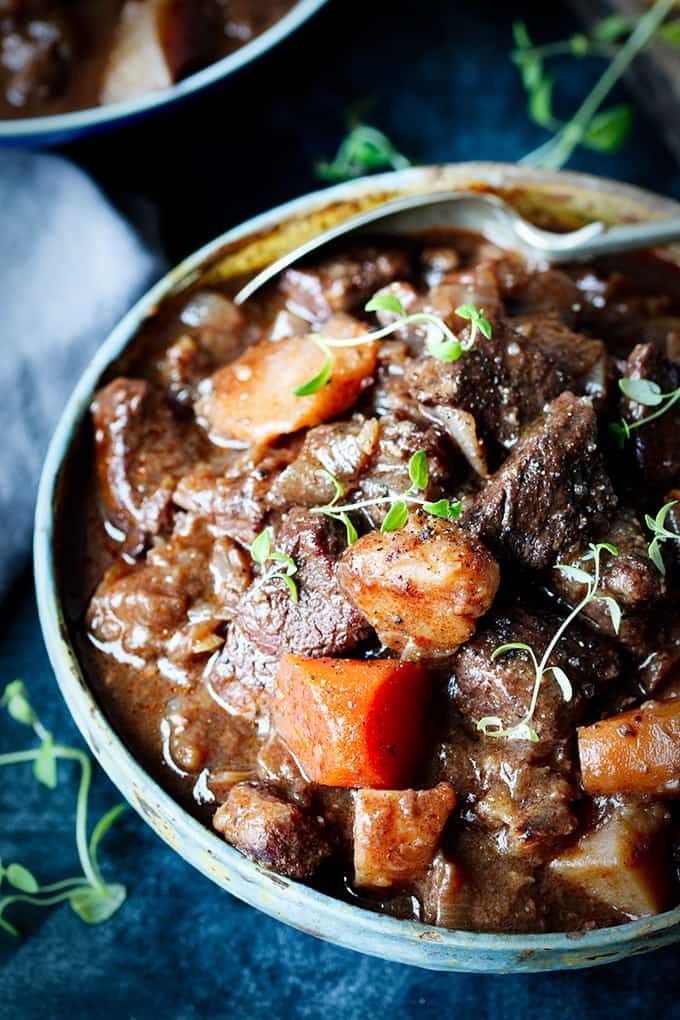
Foodies will agree with me when I say that beef stew is one of the most comforting dishes out there. It’s a culinary delight that never fails to hit the spot, especially when it’s cooked to perfection and the meat is so tender it just falls apart in your mouth. First and foremost, it’s essential to start by searing the meat after coating it with flour, which not only adds a delightful crust on the outside but also helps to thicken the stew as it cooks.
This simple yet crucial step makes all the difference in achieving that rich, velvety texture. Following this initial step, you’ll want to cook the onions until they’re tender and translucent before adding the other ingredients. These include carrots, potatoes, swede, beef stock, tomato puree, Worcestershire sauce, bay leaves, sugar, salt, and pepper – a medley of flavors that come together in perfect harmony.
Lastly, for the best melt-in-your-mouth meat experience, it’s crucial to let it bubble away for around 3 to 4 hours, allowing all the flavors to meld together in a delicious symphony.
Smoked Haddock’s Hearty Scottish Tradition
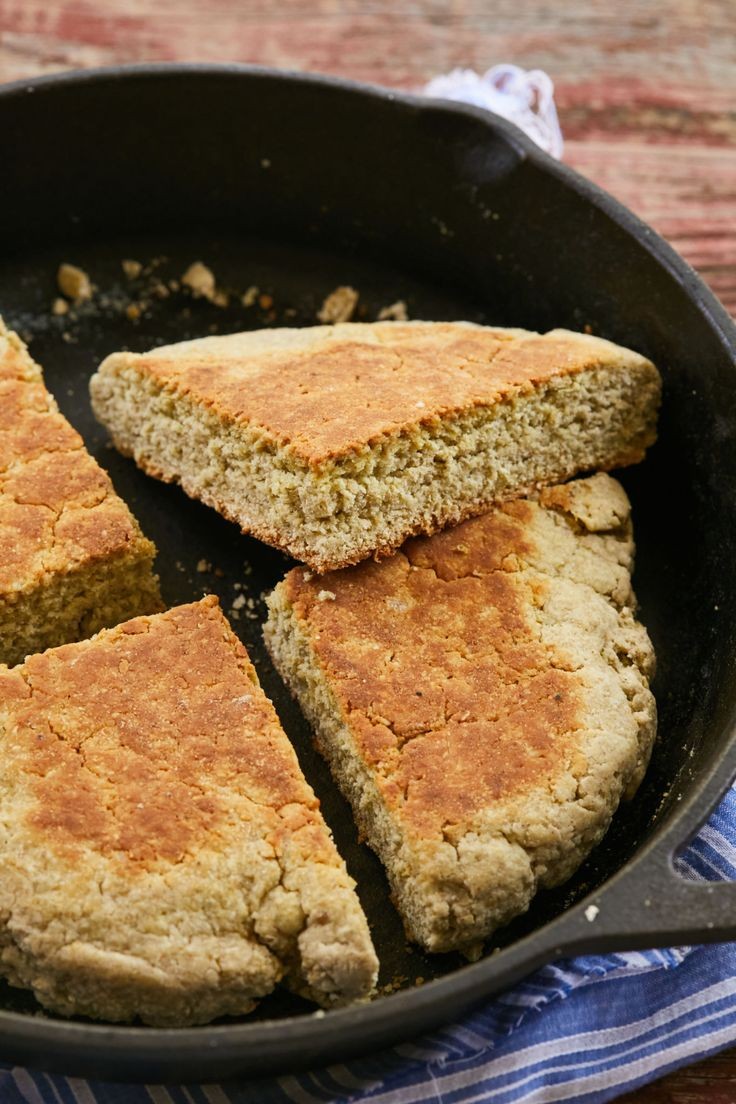
Justly regarded as one of Scotland’s most beloved yet lesser-known dishes, Cullen Skink has gained a loyal following worldwide. Its delectable flavor profile is largely attributed to its rich ingredients, including smoked haddock, potatoes, and onions, which come together in a surprisingly swift manner. Interestingly, the soup gets its name from the coastal town of Cullen, as well as an archaic term used to describe the shin, knuckle, or hoof of beef.
What sets it apart from other soups like chowder is its bold smokiness, courtesy of the haddock’s meaty flavor, which elevates this humble dish to new heights.
Classic UK-Style Beef Pie Recipe

Amazingly enough, the UK and Australia take their pie culture very seriously. Amidst all the hype about pastry in these countries, one type of pie stands out above the rest: meat pie. It’s a staple food item that is devoured with gusto, but what really sets it apart from other types of pies is its savory filling. If you glance at the ingredient list, you might think it bears an uncanny resemblance to beef stew – and you wouldn’t be far off.
This dish is essentially a thick and hearty beef stew topped with a flaky pastry crust, similar in texture and flavor profile. While some recipes may include veggies, purists will tell you that the authentic way to make a meat pie is to keep it simple and use just meat. The addition of puff pastry adds a delightful buttery flavor and a satisfying crunch, which provides a lovely contrast to the rich filling.
Pan-Fried Potato and Cabbage Delights
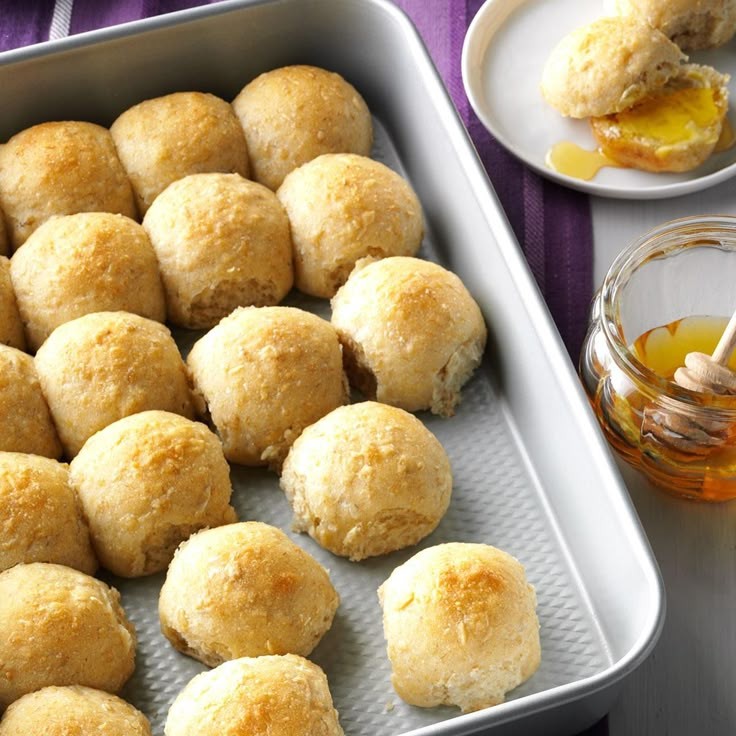
Beyond being a side dish for roast chicken or pork, bubble and squeak is often made as a creative way to repurpose leftovers after a big dinner. The ingredients typically used are similar to the recipe mentioned earlier – potatoes, cabbage, and onion, but its versatility allows it to be made with a wide range of leftover vegetables, such as broccoli and carrots, or even cooked chicken.
This dish not only provides an innovative solution for reducing food waste, but also requires minimal effort in preparation, as it’s simply mixed and fried like a pancake or Spanish omelette, rather than being baked like the previous recipe.
Scottish-Style Leek & Chicken Soup Recipe
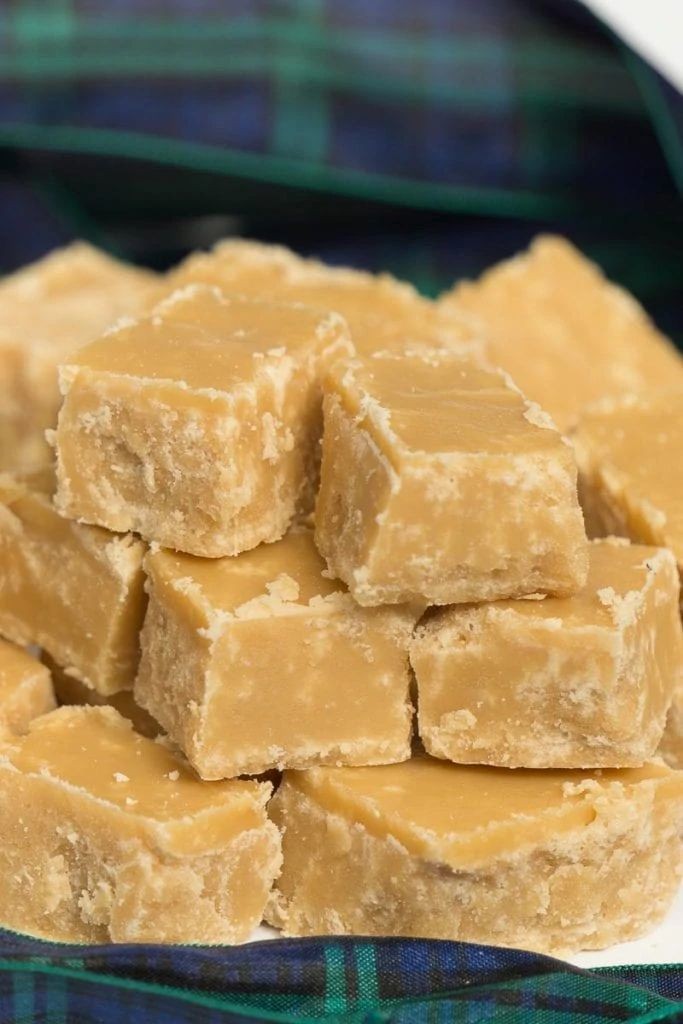
Understanding that not all soups are created equal, this chicken and leek soup is a far cry from its creamy counterpart – the leek and potato soup. While the latter is thick and rich, this dish is lighter in texture and relies on homemade broth and an assortment of vegetables for its flavor profile. Using leftover chicken is an option if you have some available, but cooking a whole small chicken or using bone-in chicken thighs will yield even more robust results.
When it comes to selecting ingredients, look for the green parts of a few leeks, which add a unique sweetness to the soup, as well as some celery, bay leaves, carrots, and an onion. It’s worth noting that to get the best possible stock, start with cold water and cook until the chicken juices run clear.
Traditional Fruit Loaf with Warm Spices
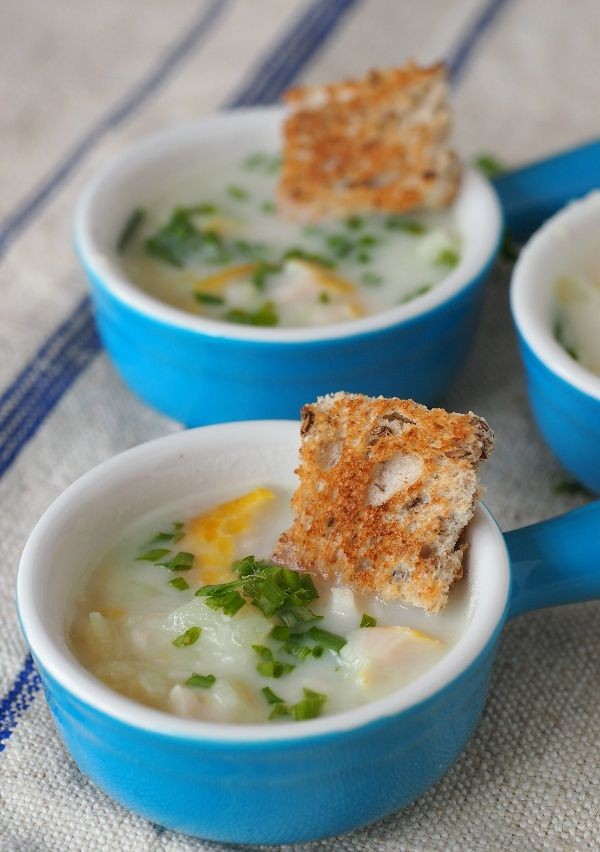
Zestfully reminiscent of traditional British desserts, I’ve had my fair share of sweet treats. One particular variation comes to mind – a traybake topped with a layer of pastry, although not as iconic as the original, still manage to satisfy my cravings. In contrast, the classic recipe consists of a fruit loaf richly infused with raisins, currants, almonds, citrus peel, and a medley of warm spices all enveloped within a delicate pastry case.
Like any esteemed fruit loaf, it’s essential to allow the flavors to mature over weeks, allowing the ingredients to harmonize in perfect unison.
Fluffy Scottish Crumpet Recipe Without Yeast
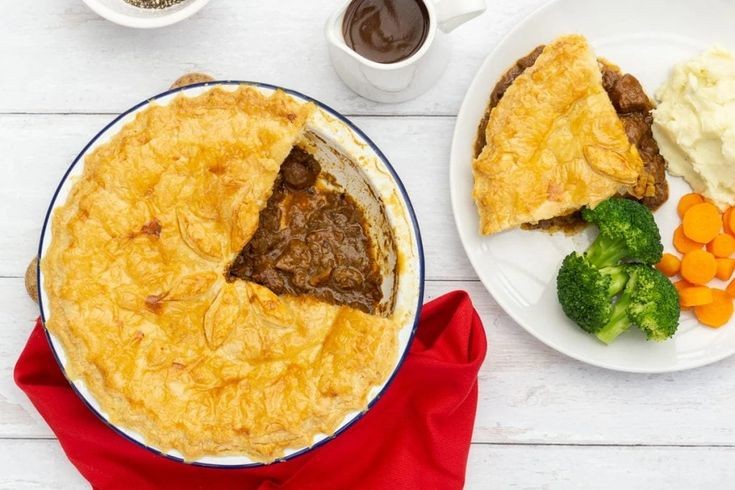
Although Scottish crumpets differ significantly from their English counterparts, which rely on yeast and require resting time, they have distinct characteristics that set them apart. The batter for Scottish crumpets is thicker than usual, and metal rings are not used, unlike in English recipes, resulting in a more pancake-like appearance. Instead of relying on baking powder, Scottish crumpets use yeast to leaven the batter, which doesn’t rise as dramatically as its English equivalent.
In contrast, when making traditional English crumpets, it’s essential to cook them slowly over low heat so that the middle cooks evenly and leaves pockets of air for butter to seep into. Conversely, Scottish crumpets are fried and flipped like regular pancakes, giving them a fluffier texture and a faster preparation time.
Scottish Oatmeal Buns: A Delicious Twist
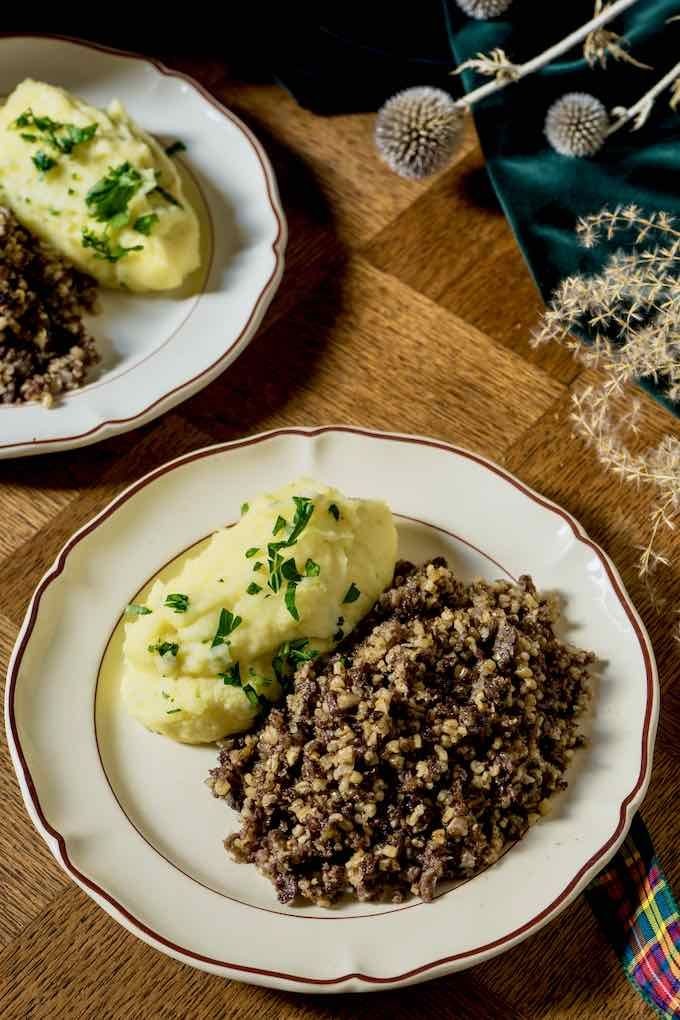
Among Scottish cuisine staples, oats play a significant role in baking, particularly in recipes like this one. These rolls are characterized by their light yet distinct oaty texture, which is likely to win over even the most discerning palates. To begin, start by mixing boiling water with rolled oats, brown sugar, salt, and oil – the key to unlocking the oats’ softening process. As you combine these ingredients, note that the oats will initially retain a coarse texture.
However, this is only temporary, as they’ll soften significantly once left to cool. Once the mixture has cooled, it’s time to introduce yeast, water, and flour into the equation. As you knead the dough, you’ll observe the oats gradually breaking down and integrating seamlessly with the other ingredients. This harmonious blend will give your rolls a rich, complex flavor profile. When shaping these rolls, consider going for smaller portions – perfect for indulging in generous helpings of butter.
Alternatively, feel free to create larger versions, ideal for using as bases for savory bacon sandwiches.
Reviving Sunday Leftovers with Stovies
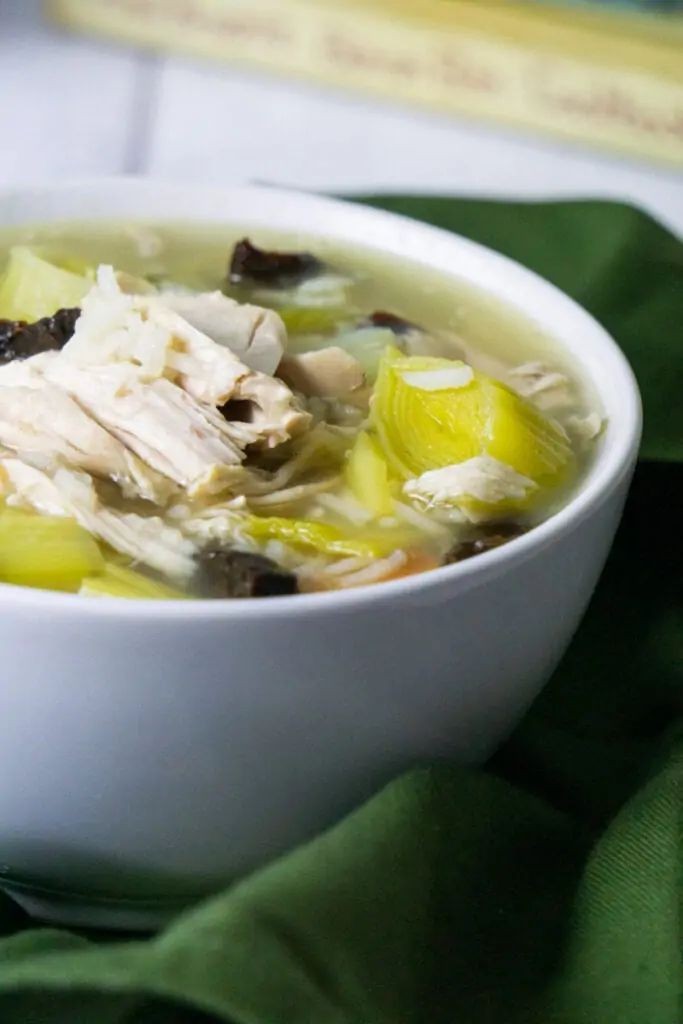
You can consider stovies as the Scottish version of bubble and squeak, as they were also designed to make use of leftover food and minimize waste. The core concept revolves around using beef drippings from a Sunday roast to sauté onions. Next, incorporate leftover roasted potatoes, some additional raw potatoes, diced cooked beef, and stock or gravy into the mix. Prepare this hearty dish in a large pan with deep sides and cover it to allow for slow simmering over the course of 45-60 minutes.
Feel free to supplement the stovies with any remaining veggies you have on hand, or substitute them with chopped raw carrots if necessary.
Scottish Fudge-Like Confectionery Delight
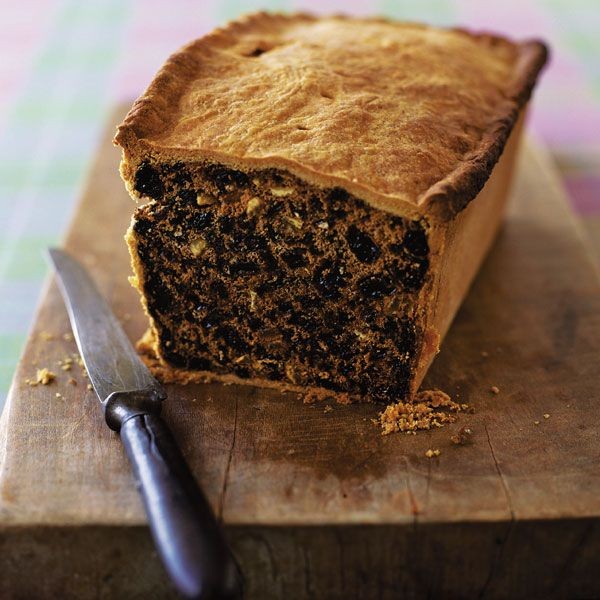
Not only is Tablet a delight to indulge in, but its description can be quite tricky – that’s why making this recipe for yourself is the best way to truly understand its charm. Many people compare this sweet treat to fudge, and while both are undoubtedly sweet, they possess distinct characteristics. One of the most noticeable differences between Tablet and fudge lies in its texture; Tablet has a slightly grainy feel, although some recipes may produce a smoother consistency.
Made with butter, sugar, and condensed milk, this dessert is cooked on the stove for 20-30 minutes. During this time, the sugars and milk undergo a process called caramelization, resulting in an enchanting flavor that’s sure to leave you wanting more. When you take your first bite, the Tablet melts effortlessly in your mouth, releasing its rich, velvety goodness.
Authentic Scottish Shortbread Recipe Simplified
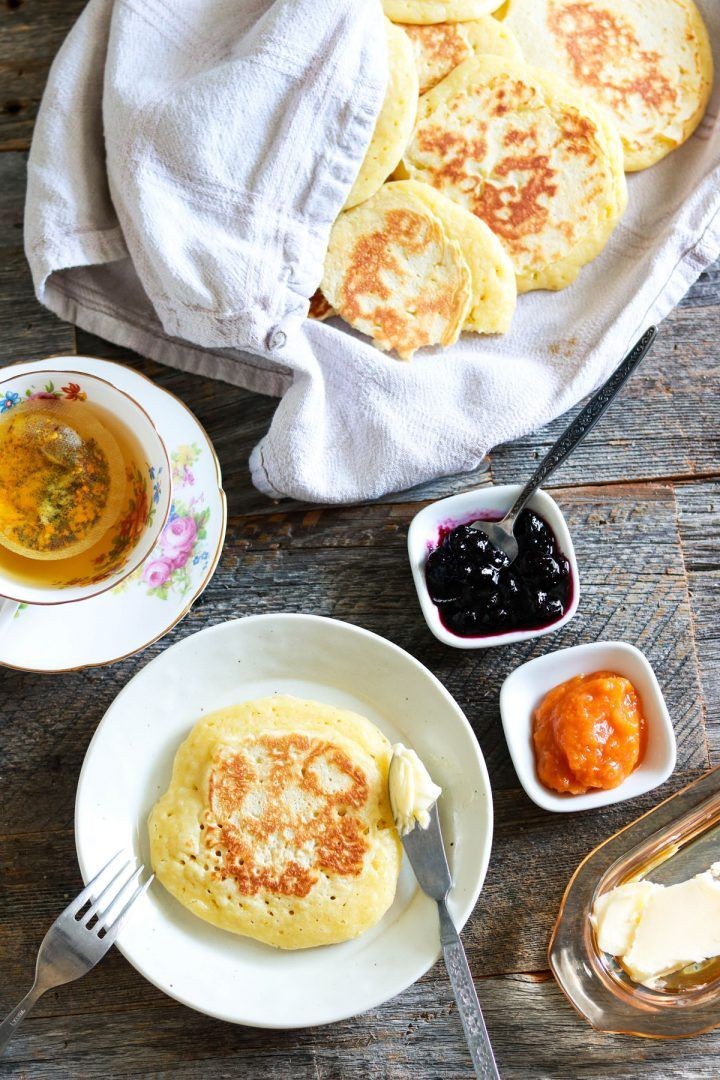
Historically, Scotland is credited with the invention of shortbread, making it a quintessential Scottish treat. If you’re looking for an authentic recipe, seek out one that proudly boasts its Scottish heritage, such as this tried-and-true classic! While there’s nothing wrong with experimenting and adding your own flair, if you only take away one crucial detail from this post, let it be this: traditional shortbread should consist of a mere three ingredients: butter, sugar, and flour.
Some recipes may include additional flavorings like vanilla, or even mix-ins like chocolate chips or candied citrus peel, but in essence, it’s a remarkably simple blend of these core components. If you encounter a recipe that incorporates eggs or milk, it’s likely not traditional shortbread at all.
The reason vanilla is considered an ‘extra’ ingredient is that the defining characteristic of shortbread should be its rich, buttery flavor – and to achieve this, it’s essential to use high-quality butter. Anything more could overpower the delicate taste you’re aiming for.
Scottish Tattie Soup
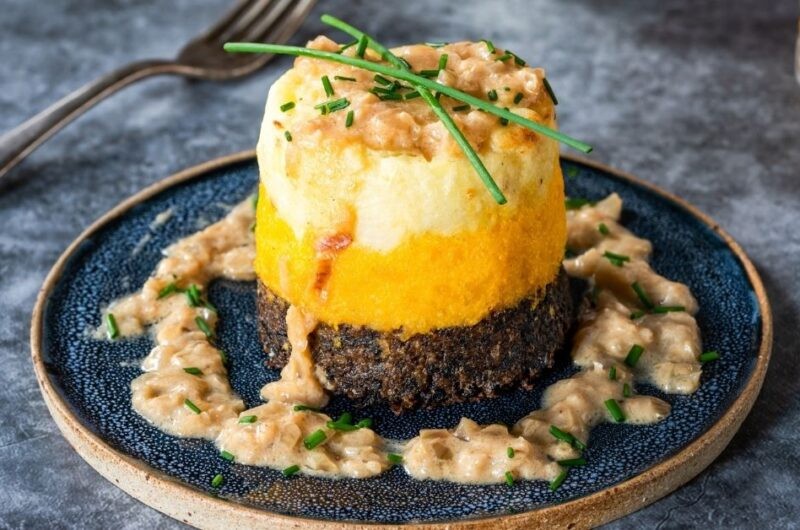
Following closely on from the previous recipe, this soup is another classic British dish that’s easy to make and packed with flavour. At its core, it’s just a few simple ingredients: carrots, leeks, onion, stock, and potatoes – preferably ones that are starchy to add extra body to the soup. Simply combine all these ingredients in a pot and let them cook for around an hour or so until the vegetables are tender and the potatoes have begun to break down.
